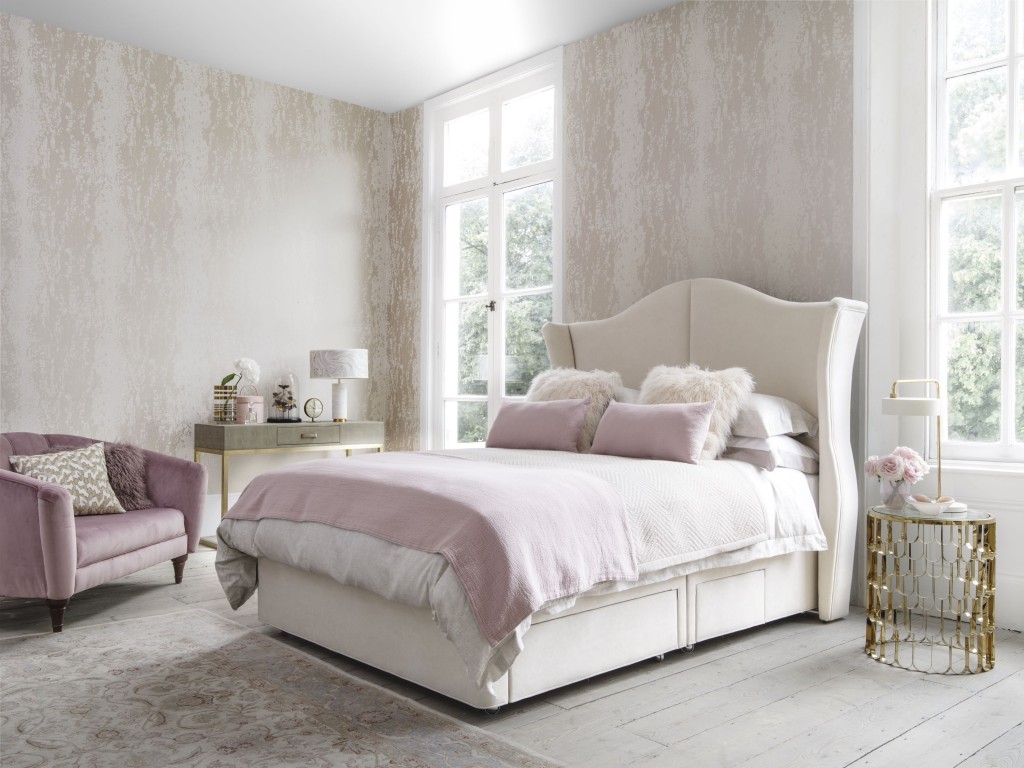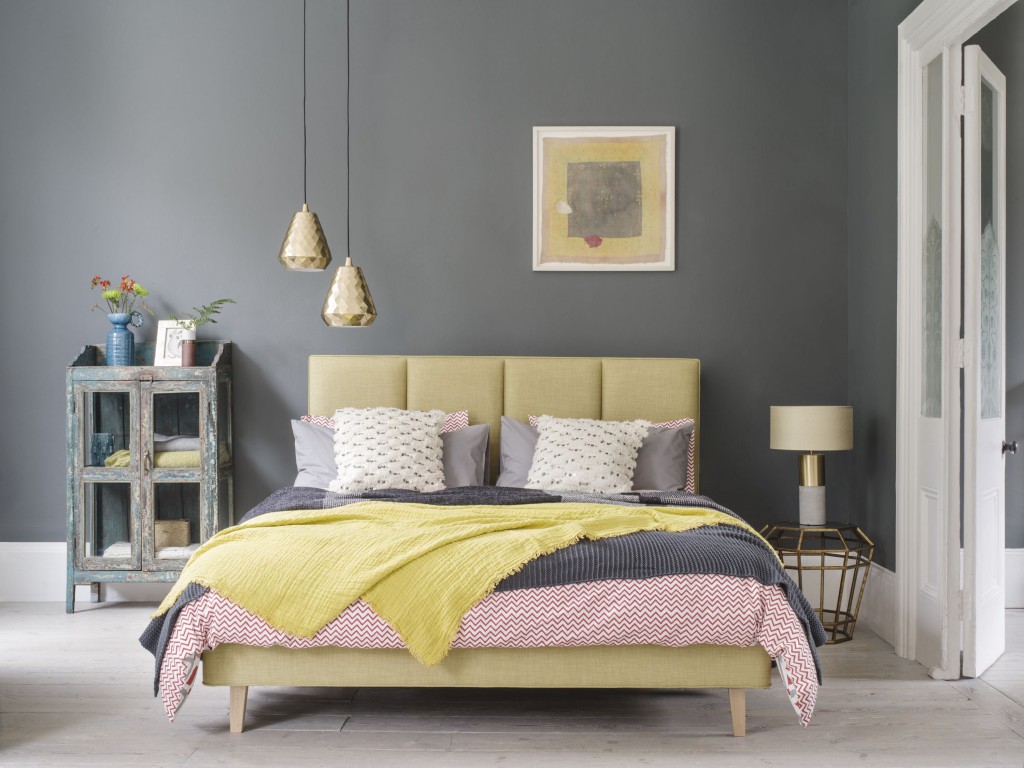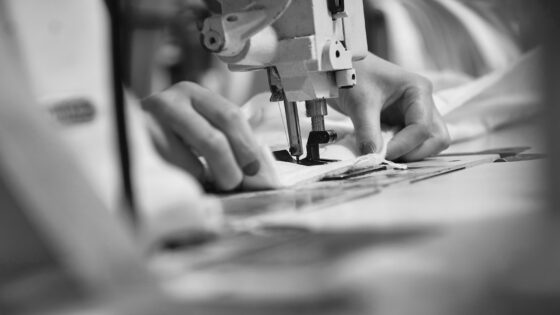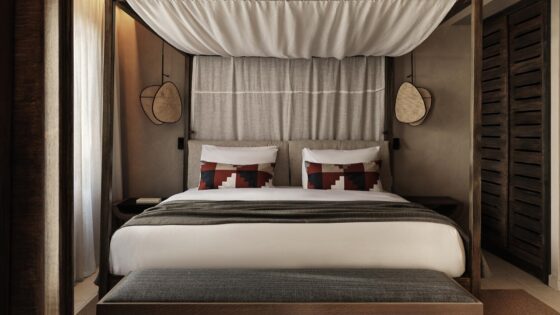As a guest accommodation provider in the hospitality industry, an important part of your responsibility is to consider the risk of fire to your property and its contents. This involves thorough investigation into the furniture and fabric used within the guest’s bedroom, paying particular attention to the bed.
It’s vital that all furnishings meet the correct UK fire retardant standards and no corners are cut. In the event a fire breaks out in your property, a fire door will act to contain the spread to that room, but your fire retardant furnishings could be the key to slowing down the speed of ignition and helping to protect your guests from serious harm.
John Woolley, managing director at Hypnos Contract Beds, discusses the importance of fire retardancy and why furniture and beds specifically, should be at the forefront of a formal risk assessment for all providers of hospitality accommodation.
What is fire retardancy?
A fire retardant is a substance that reduces the flammability of materials and delays their combustion. It’s paramount that products, such as furniture, have certain levels of protection against fire to ensure people’s safety and protect them, whether that’s in a domestic or a commercial setting. If somebody falls asleep smoking a cigarette in bed for example, having a fire retardant bed will help to slow the rate at which the fire and smoke spreads, keeping damage to a minimum and most importantly saving lives.
Why is it needed?
The possibility of a fire breaking out in a guest’s bedroom is something that every hospitality manager must prepare for and take steps to mitigate the risk. As any good hotelier or guest accommodation provider will appreciate, the consequences for having furniture that doesn’t meet the required UK fire regulatory standards are huge and something that should strictly be adhered to, to ensure the safety of your guests.
How do the requirements for domestic and commercial furniture differ and are all products fire retardant?
In the UK, the fire safety requirements for domestic upholstered furniture are well established, having been in place since 1989. However fire retardant regulations for beds used in a commercial environment are more stringent. Domestic and contract furniture must both pass the BS EN 5971 and BS EN 5972 standards. Furniture for the contract market must also pass the BS 6807 test, which is more commonly referred to as the Source 5 (Crib 5) test and proves medium resistance to ignition. All beds that meet this will clearly display the fire retardancy source 5 (Crib 5) label.
Buying or maintaining a bed that isn’t compliant with commercial fire retardant standards is not only an offence which can lead to prosecution in the event of a fire, but it also puts customers’ lives at risk. And although it’s a supplier’s duty to ensure that furniture is fit for purpose, ultimately the responsibility to ensure all furniture falls in line with industry fire regulations and meets the requirements carried out by a formal fire safety risk assessment, lies with the hospitality accommodation provider.
It is also important to note that, as a hospitality accommodation provider, purchasing beds and mattresses from domestic furniture retailers, or from abroad where fire retardancy standards can differ to those in the UK, can cause repercussions if they are proven to be non-compliant.
What are the requirements for furniture in the hospitality sector?
Firstly, commercial establishments are required to use beds, mattresses and sofa beds designed specifically for the contract market, meeting the BS 7177 and BS 7176 source 5 (Crib 5) fire retardancy standards as outlined above.
Under the Regulatory Reform (Fire) (Safety) Order 2005 (RRFSO), users of commercial premises are legally required to carry out a fire risk assessment on the building and its contents. The results of this set the required fire safety levels for the products to be purchased and used, which must be adhered to. The BS 7176 and BS 7177 standards for fire safety of upholstered furniture is used to assist in the specification of fire safety levels for mattresses, mattress pads, divans and bed-bases located in different end-use environments. Typically, hotels and other commercial accommodation are listed as medium hazard, however some hotels and establishments fall under a high hazard category and so the products specified here must contain higher retardant properties. Products should be accompanied by a statement such as ‘this item complies with the ignition resistance requirements of BS 7177 Medium Hazard’.
What are the consequences for not meeting standards?
While the economic allure of a cheap bed may seem like a good idea to some, failure to conform to UK fire standards and legislation could place commercial operators at high risk of prosecution and cost them much more in the long run.
Is all commercial furniture included in the standards?
The RRFSO, mentioned previously, covers the general fire safety of a building and includes all sectors and all furniture. Under this, the requirements for seating, mattresses, beds and curtains are more specific for each and, depending on what hazard level the building falls under – low, medium, high or very high hazard – products must be specified accordingly.
For more information on fire safety, fire retardancy or to discuss our hospitality products and services, please contact your local Area Sales Manager or visit www.hypnoscontractbeds.com
T: +44 (0) 1332 497111 | E: info@hypnoscontractbeds.com







